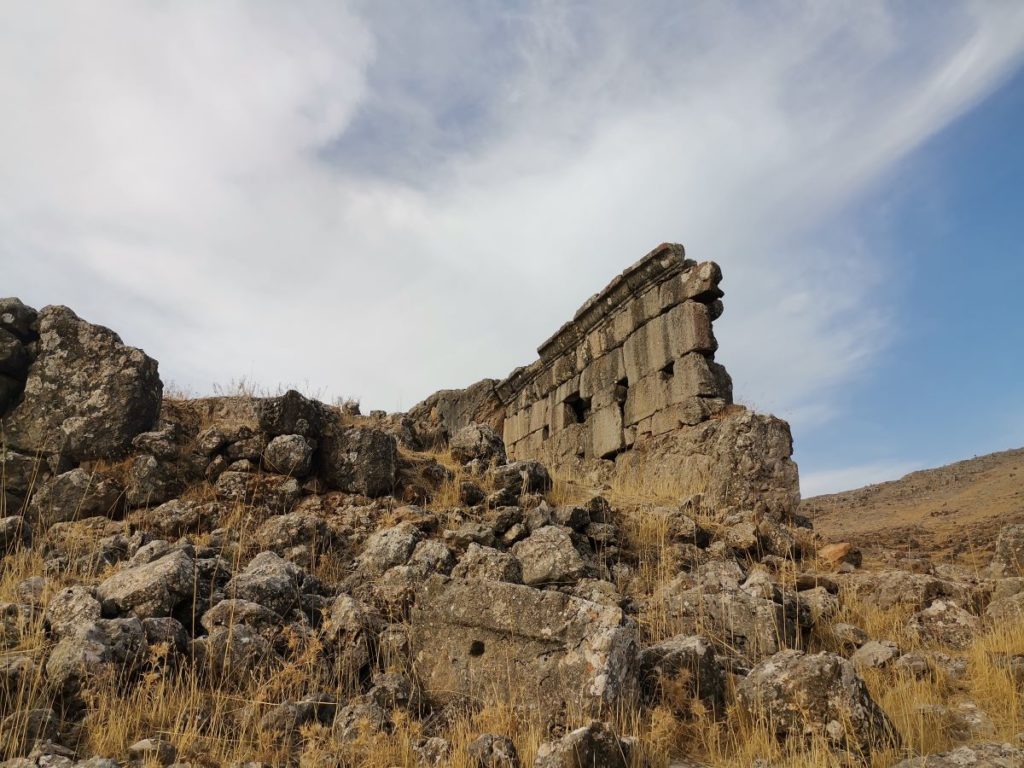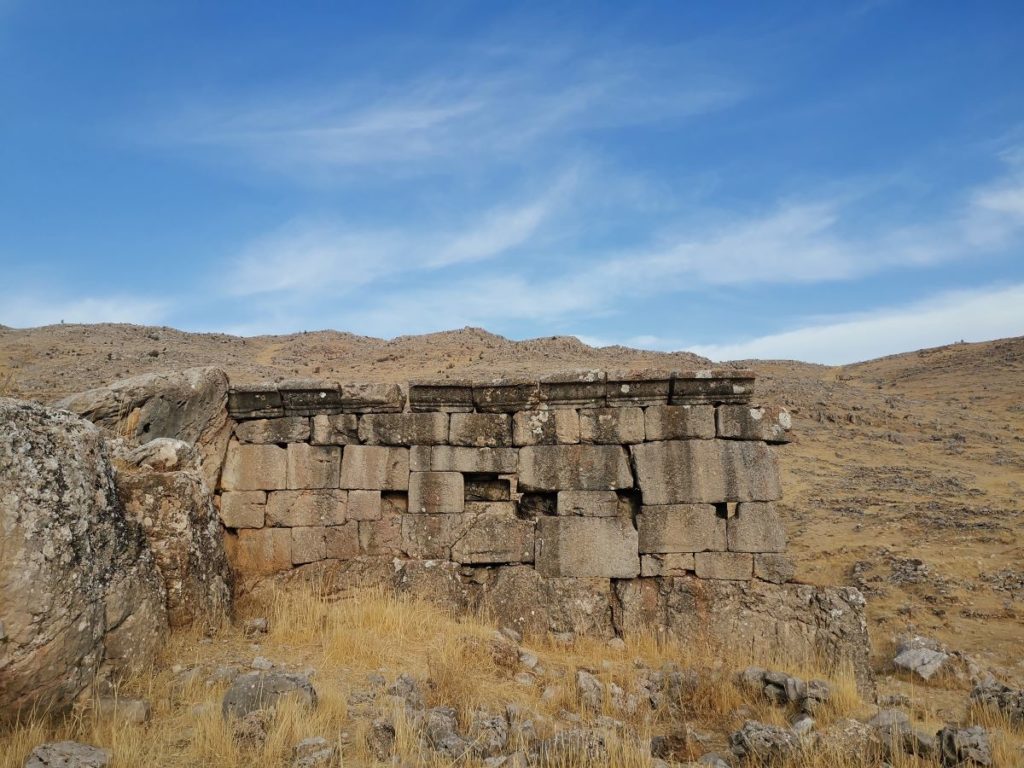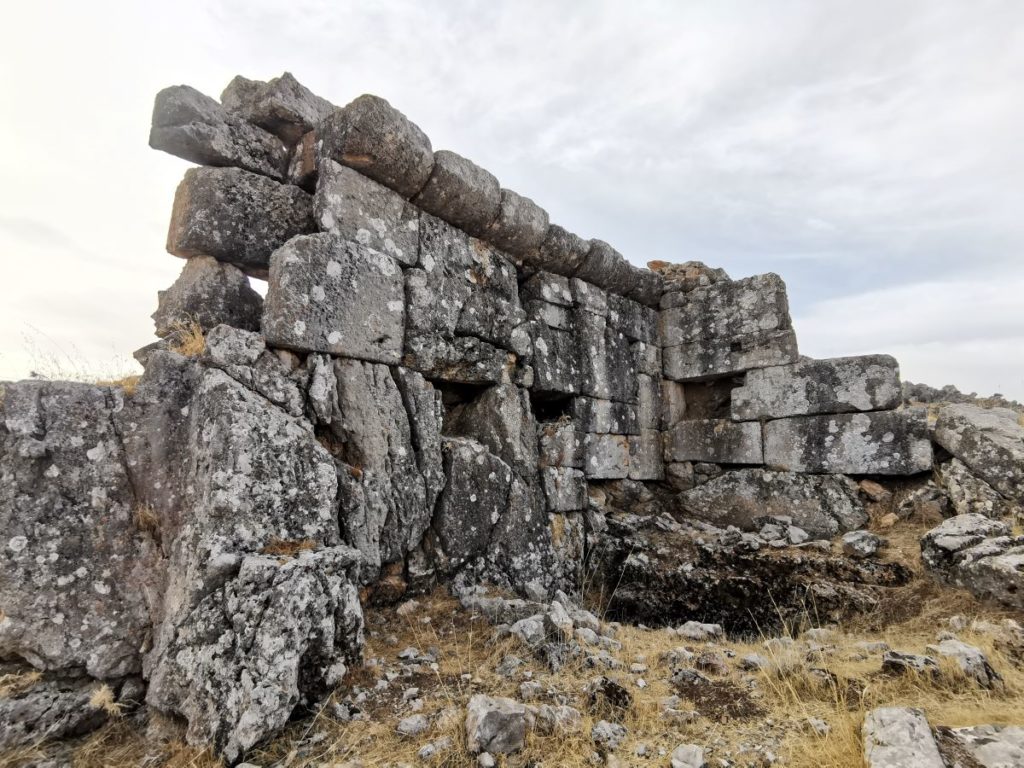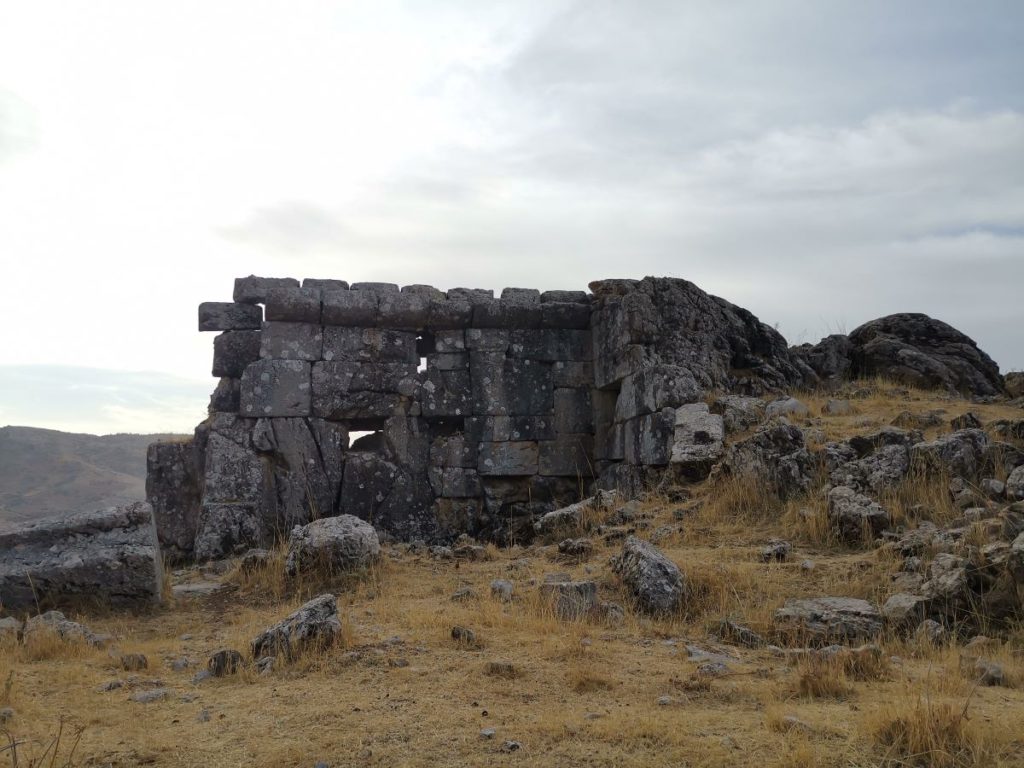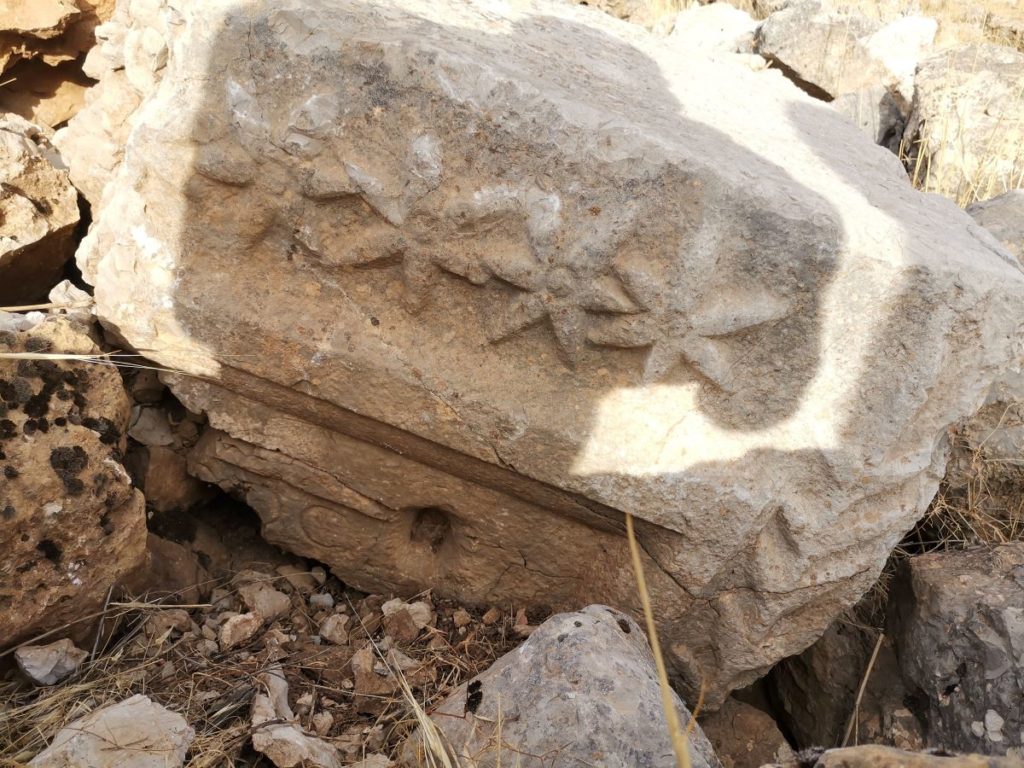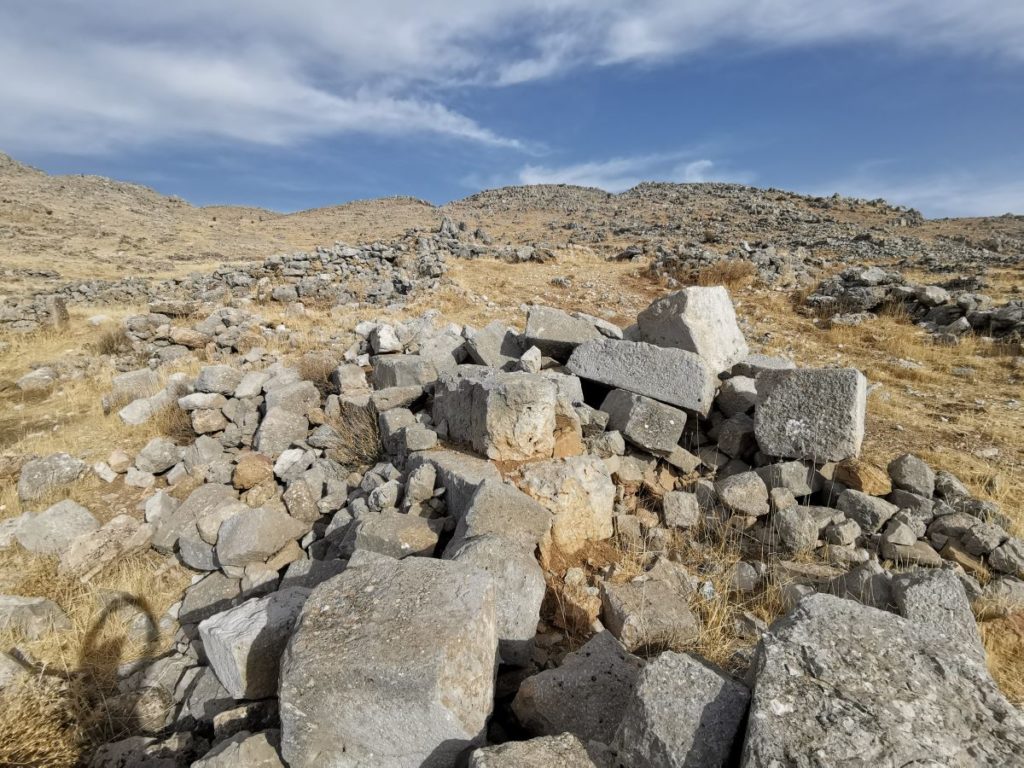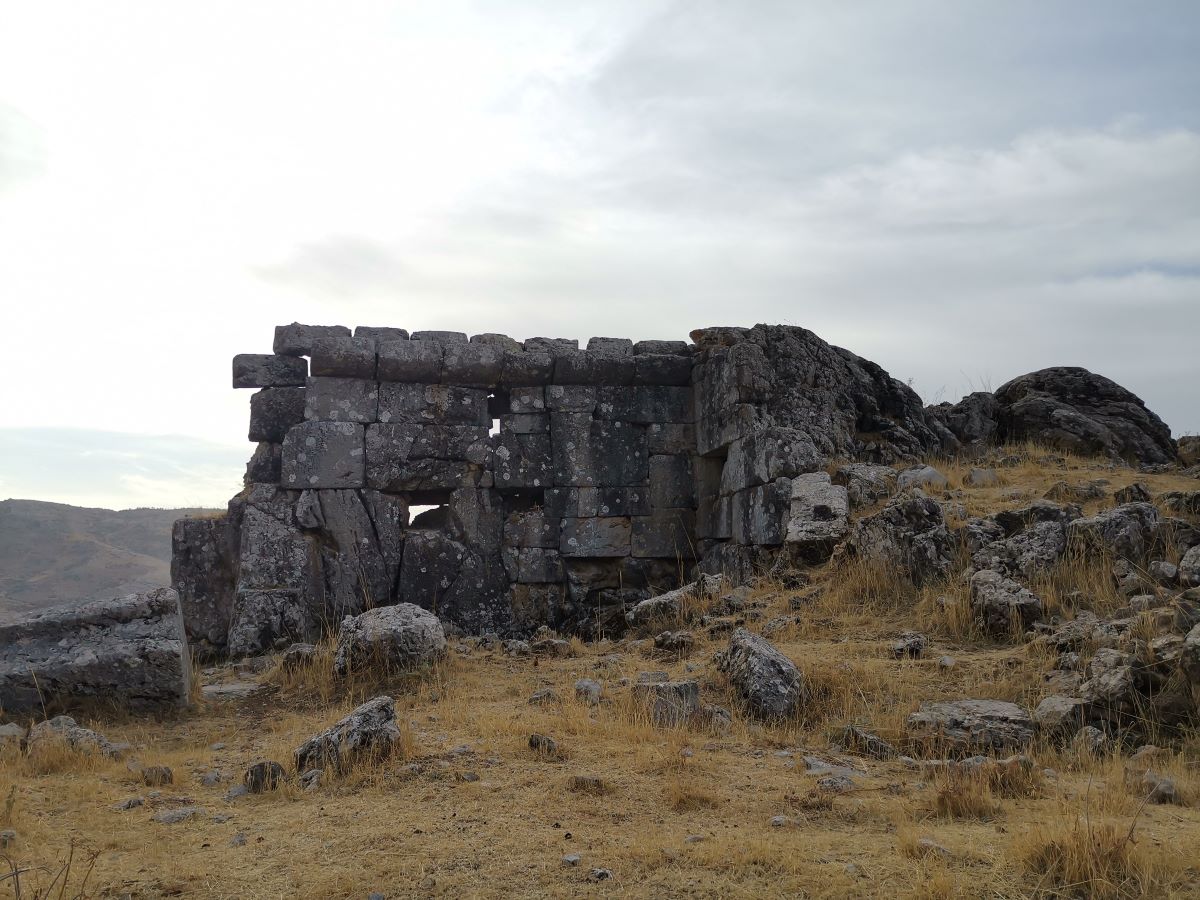The site of Khirbet el Knisé, located in Yanta village, houses the remnants of two temples, as well as a Greco-Roman and Medieval era settlement. Like its counterpart – the site of Yanta – the site of Khirbet El Knisé testifies to a significant human occupation since Antiquity.
Toponym
“Khirbet” refers to the remnants of a house or a settlement. “Knisé” refers to a church.
“Khirbet El Knisé” might refer to the remnants of a settlement where one can clearly see the foundations of tens of houses and different buildings. The existence of a church, however, is not yet confirmed due to the lack of proper excavations.
Timeline
Both temples are believed to date back to the 2nd century AD, while the settlement was frequently occupied between the Greco-Roman era and the medieval period. Additionally, the locals mention that the site saw an occupation until the mid 20th century AD.
The site suffered from severe damage and pillaging throughout the years of the Lebanese civil war.
Temples
The main temple is located south the settlement.
Open to the north-east, the temple is carved into the rock, without a podium. The only sections still standing today are its southern corner and the eastern wall.
The interior layout of the cella (section where the deity is venerated) is undetermined.
A Latin inscription on an altar with only two words visible was found on site, ending with the letters OC; it may refer to the temple priest. The altar holds the relief of a floral plant, as well as a wheat plant, which suggests that the God venerated at the temple symbolized the fertility of land and rebirth.
At the eastern side of the temple, the remnants of a small rock-carved shrine can be seen – it probably housed the statue of a God.
The second temple is open to the east, and stands inside an enclosure whose molded door and wall are visible. Its plan is identical to that of the first. Unfortunately, the temple collapsed over time, making it hard for the visitors to spot it or identify its architectural elements.
Karim Sokhn
Tour Operator & Tour Guide
References:
La Vie Religieuse au Liban sous l’Empire Romain, Julient Aliquot, 2009
